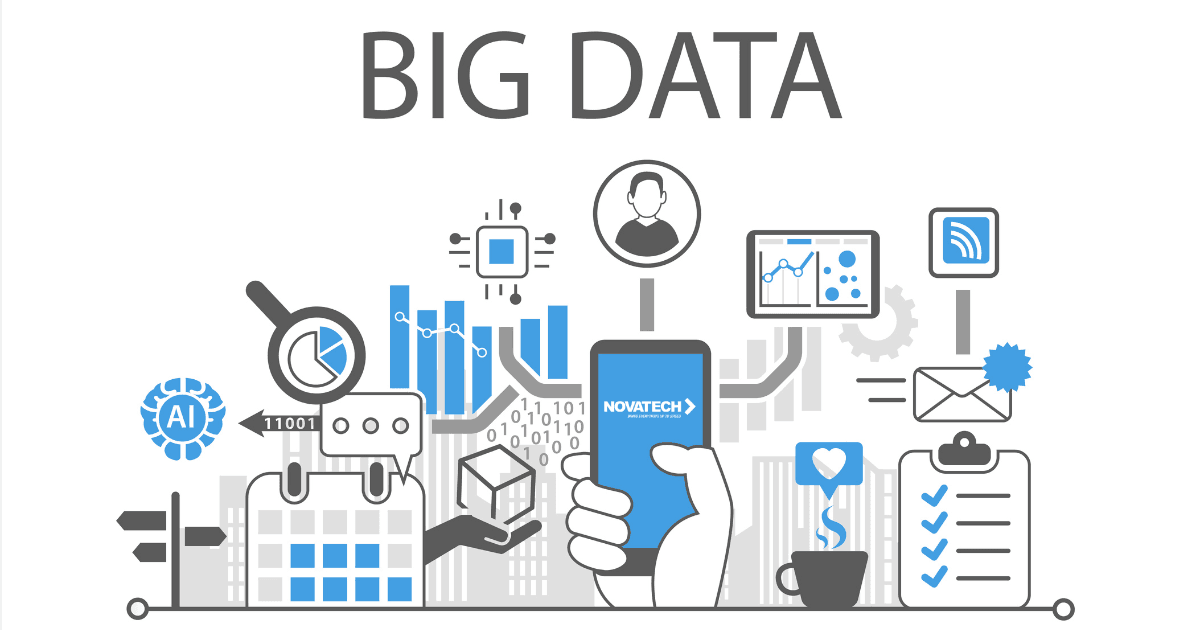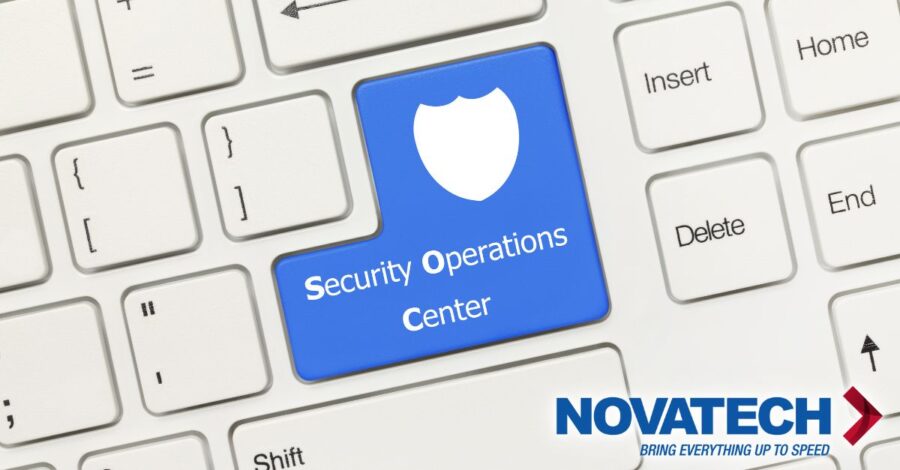Demystifying Big Data: An Essential Guide for Businesses
3 min read

With the constant growth of digital technologies, technical jargon keeps creeping into our everyday talks. Sometimes it’s so common that we don’t even stop to think about what it means. “Big Data” is one of the terms that has become more popular recently. It is similar to how “The Cloud” was used a lot in its early days.
In this piece, we’ll try to explain what “Big Data” is, how it can be used in real life, and what businesses need to think about before putting this cutting-edge technology into their operational infrastructure.
Big Data: Where Traditional Computing Stops
At its core, “Big Data” is a term for data sets that are so large and complicated that they can’t be handled by traditional business data systems. For this to be useful in the real world, it needs more powerful computing tools than those found in most business computing settings.
How to Find Your Way in the Big Data Landscape: The Five Vs
Most of the time, we look at Big Data through the three Vs: volume, velocity, and variety. But Oracle says that we should make this group of three into a group of five by adding value and veracity.
- Volume refers to the sheer amount of info. The more data that is stored on a server or in a database, the more complicated and powerful the computer system needs to be to handle the data efficiently.
- Velocity shows how quickly data is being made or how quickly it needs to be handled. Think about an Internet of Things (IoT) device like a smart thermostat, which needs to respond to user input right away. But even though the speed is fast, the amount of data is small, so it doesn’t count as “Big Data.”
- Variety stands for the many different types of data forms that are used in the digital world today. Relational databases need to be able to handle both organized and unstructured forms of data, like audio and video files. organized data is the kind of data that is usually found in tables or spreadsheets. To get useful business insights from different types of data, you need to use different computational methods.
- Value, the fourth V, shows how important the material being looked at is. It’s not enough to just collect data; you also need to get useful knowledge that can help you make decisions.
- Veracity, the last V, looks at how reliable and accurate the material is. As there are more types of data streams, it becomes more important to find out if the sources are real and can be trusted.
Using Big Data: It’s a Business Must
No matter how big a business is, it needs to think about using Big Data to stay competitive. For smaller businesses, this may mean working with partners who can use their data to find ideas that can be put to use. Take, for example, software that makes Google Ads work better. The amount of data is too big to be processed by hand, and it often seems scary. But platforms that use Big Data make it easier to make decisions, which helps businesses make the most of the possibilities in their data.
If your company is thinking about the possible benefits of Big Data or looking into tools like Document Management that use Big Data concepts, we’d like to talk with you. We can’t wait to find out how we can help you get started in the world of “Big Data.”


